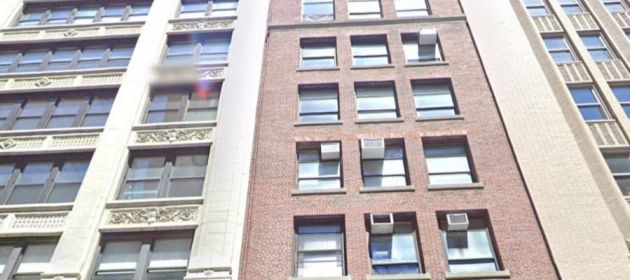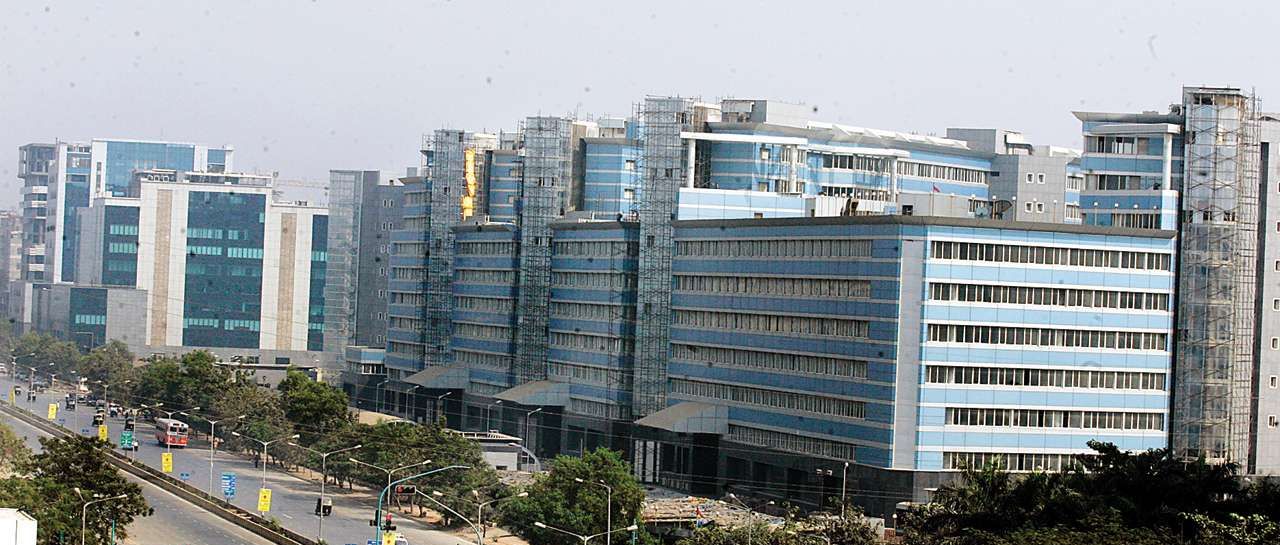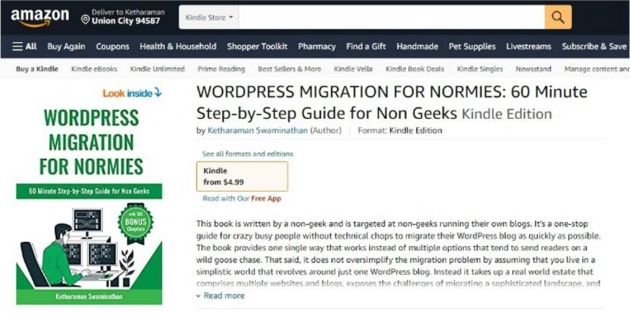The US office of one of my ex-employers was situated on the twelfth floor of a highrise building in Midtown Manhattan in New York City.
When I visited this office, I happened to gaze out of a window. While I couldn’t see anything, I could stick my hand out and touch the adjacent building. As you can see from the following exhibit, the buildings were really that close to one another.
Then take Canary Wharf, the CBD of London, where I subsequently worked for two years.
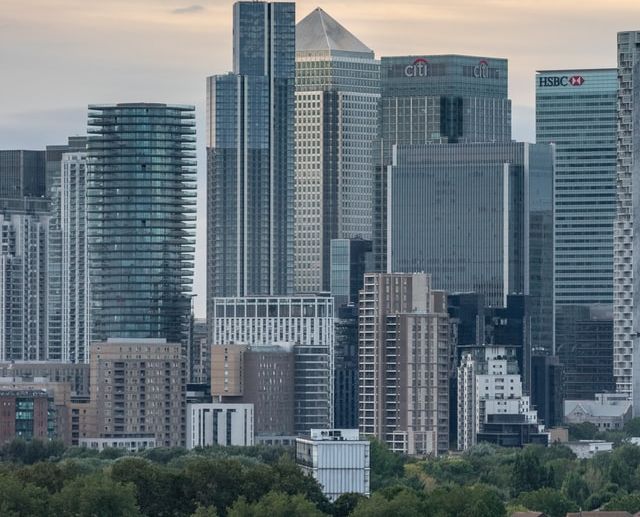
Now, contrast that with Bandra Kurla Complex, the CBD of India’s business capital, Mumbai.
As you can see, BKC is quite sprawling. There’s quite a bit of space between buildings. The highrise buildings here are not as tall as the ones in the CBDs of New York City or London.
Everytime I drive down Eastern Express Highway in Mumbai, I see vast tracts of empty land on both sides. According to an average Bombayite – which included me when I lived there for 20 years – “They’re salt pans”. The subtext is that it’s impossible to develop that land.
I keep asking myself, if builders reclaimed the Arabian Sea to build Nariman Point in Mumbai over fifty years ago, how hard can it be to reclaim these salt pans today, with all the advances made by the construction industry since then?
One hundred fifty years ago, the area known as Las Vegas would have been considered uninhabitable, but today it supports 2.2 million residents, plus millions of guests. Same goes for parts of Arizona, New Mexico, Utah, and the like. Making “uninhabitable” land habitable isn’t difficult by today’s standards.
– Ron Rule
Since I don’t know any builders personally, I haven’t voiced my question to any of them.
I also doubt if anyone will give an industry outsider like me a straight answer. More on that in a bit.
tl;dr: Mumbai has a much lower FSI than New York City or London.
For the uninitiated, Floor Space Index aka Floor Area Ratio is the ratio of the total amount of usable floor area that a building has, or has been permitted to have, and the total area of the lot on which the building stands.
In simple terms, a place will look cramped if FSI is high and spacious if FSI is low.
In other words, if FSI is low, you need a larger plot to build the same amount of floor area of the building. Per contra, if your city government permits a high FSI, you can build more floor area on a smaller footprint of the plot on which the building stands.
I’ve always had this feeling that lack of space in Mumbai is a myth.
Slowly that feeling spread to all over India after I started seeing vast tracts of open space out the window of the aircraft everytime I flew between cities in India.
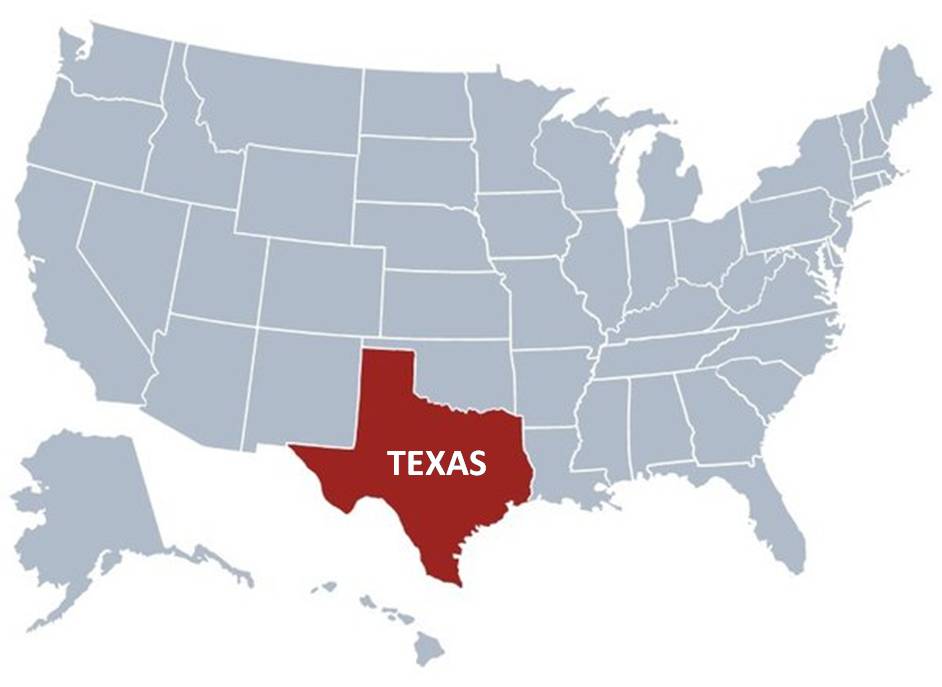 According to Ron Rule, lack of space is a myth all over the world. He argues that there’s enough space in just the one state of Texas in USA to house the entire world’s population.
According to Ron Rule, lack of space is a myth all over the world. He argues that there’s enough space in just the one state of Texas in USA to house the entire world’s population.
If we constructed 35-story buildings on those 167 million Texas acres, instead of single-family homes, we could house every living person in the world.
It’s impossible for everyone in the world to move to Texas but, in principle, there’s ample space for the entire world’s population there.
Going by personal experience and anecdata, lack of space is a myth.
Two questions arise:
- How did this myth come about?
- Why has this myth prevailed for so long?
How?
According to a recent brokerage house’s BUY recommendation for Oberoi Realty, the leading Mumbai-based developer owns 250 acres of land in Mumbai but has chosen to develop only 45 acres. As a result, it took no debt – it’s the only debt-free major developer in India – and is able to generate INR 350 crores (US$ 47M) of rental income annually. It’s able to use this recurring revenue to develop more land parcels.
From this, it struck me that, like a good IT program manager gives out information in drip-feed mode, the key to success in property development is to expose supply in drip-feed mode so that prices remain buoyant. In other words, if you expose all the supply of land at one go, prices would crash – just like almost every IT program would come to a grinding halt if the program manager exposes all the challenges at one shot!
I'm well aware of the effect of propagation of the myth of lack of space in Bombay but it is still possible to get a spacious 2BHK in (say) Bhandup for ?25K (pre pandemic). Unlike good old days, Bombay has many CBDs now. The one in EEH-Airoli is <10kms away from Bhandup.
— Ketharaman Swaminathan (@s_ketharaman) February 20, 2022
I’m guessing that’s how the myth came about.
Why?
There are two cohorts here:
- People who benefit from the myth
- People who suffer from the myth.
It’s a no-brainer that there are stronger incentives at play to perpetuate the myth than shatter it.
On top of that, people in island cities like Mumbai tend to lap up the myth readily because of the topography of the city.
I’m guessing that’s why the myth has prevailed for so long.
PS: A part of this post was published on Quora at https://qr.ae/pG6sjR.
